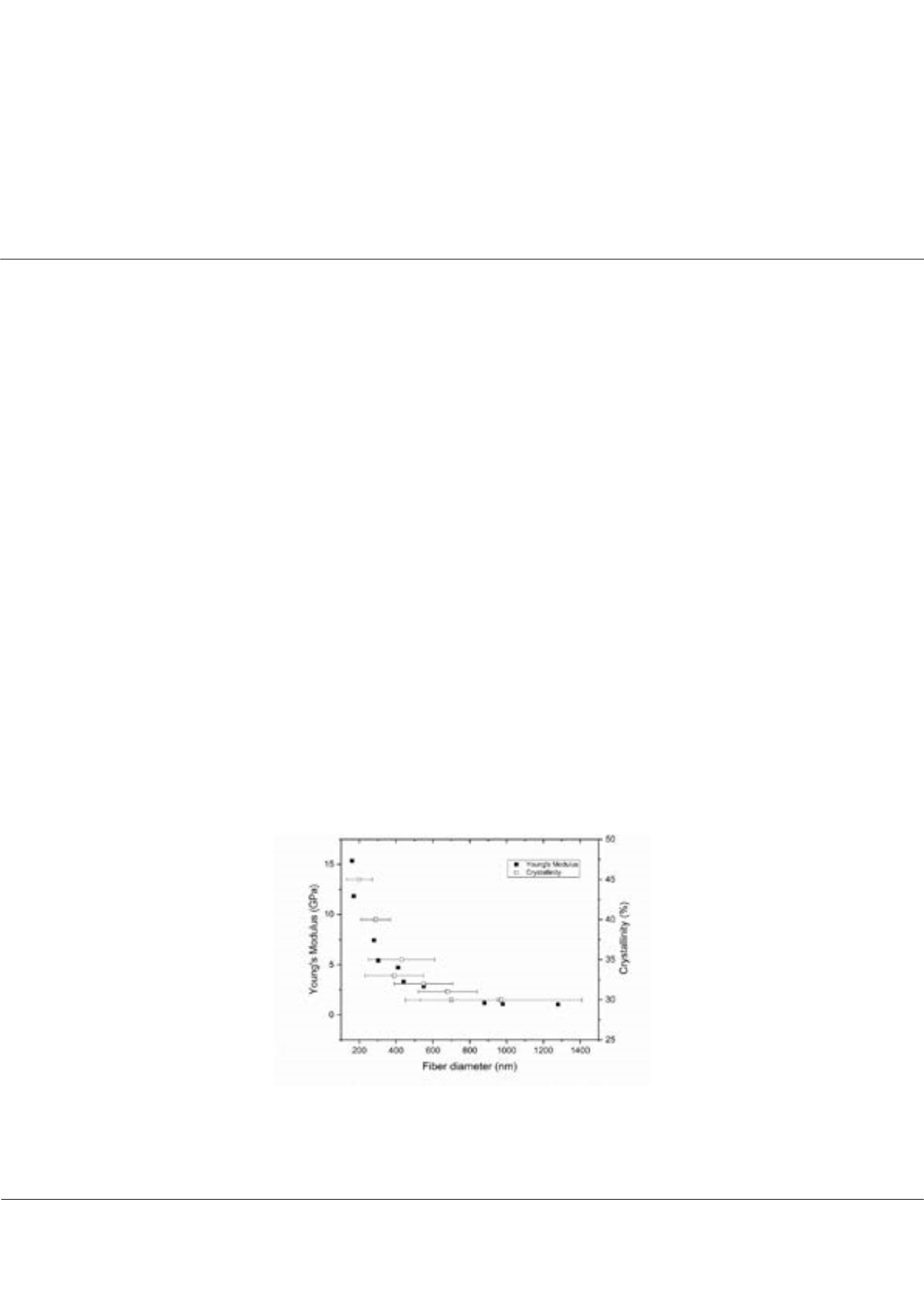

Page 56
conferenceseries
.com
Volume 8
Journal of Biotechnology and Biomaterials
ISSN: 2155-952X
Biomaterials 2018
March 05-06, 2018
March 05-06, 2018 | Berlin, Germany
3
rd
Annual Conference and Expo on
Biomaterials
Understanding mechanical properties of electrospun networks: Analysis, tailoring and simulation
Alexandre Morel
Biomimetic Membranes and Textiles, Empa, Switzerland (CH)
Institute for Biomechanics, ETH Zurich, Switzerland (CH)
Introduction:
Electrospun membranes are increasingly investigated for tissue engineering application due to their structure
mimicking the extracellular matrix architecture. As one important parameter, implants should mimic the mechanical properties
of the host tissue in order to achieve a successful integration. E-spun fibers can be tailored in terms of diameter, mechanical
properties as well as their geometrical arrangement that alters membrane porosity. However, influences of these factors on
mechanical properties of the whole membrane and their interdependence are still poorly understood. This project aims to bridge
the gap between microscopic single fiber and macroscopic membrane mechanical properties as well as fiber-to-fiber interaction.
For this purpose, influences of fiber diameter and of fiber-to-fiber cross-linkage are investigated at different mechanical scale levels.
Methodology:
Poly-(lactic acid) as a prominent biodegradable polymer is focused for fiber development. Membranes are produced
with the nanospider (Elmarco), a pilot plant for industrial fiber volume production by needleless electrospinning. Mechanical
behavior of isolated single fibers is measured by 3-point-bending testing by atomic force microscopy and axial tensile testing with
a nanomechanical testing system. Polymer structure of fibers is assessed by different methods e.g. wide-angle x-ray scattering and
selective amorphous phase dissolution. Geometrical deformation of fiber networks during uniaxial testing is investigated by in-situ
scanning electron microscopy- and in-situ small-angle x-ray scattering tensile testing.
Findings:
Thinner fibers have higher crystallinity level and higher molecular orientation leading to greater young’s modulus. Also,
higher fiber alignment during uniaxial deformation is found in membranes made out of thinner fibers. These factors lead to a
stiffer response of those membranes in the direction of loading.
Outlook & Significance:
Cells cultured onto mechanically tailored membranes under cyclic stretching will help to understand the
performances of e-spun scaffolds for regenerative medicine application. Furthermore, we are currently developing a 3D-numerical
model of membrane formation and structure informed by experimental data.
Figure: 1 Young’s Modulus of single PLLA fibers in functions of its diameter and measured crystallinity of whole membranes in functions of their mean fiber diameter;
both factors follow similar relationship.
Alexandre Morel, J Biotechnol Biomater 2018, Volume 8
DOI: 10.4172/2155-952X-C1-088
















